Hesse truly shines in every season, and I always find something new to love whenever I visit. In spring, apple orchards explode with color—pink and white blossoms stretch across the countryside. It’s a dreamy time for long walks and snapping photos, with the whole region waking up in a haze of fragrance and color.
When summer rolls in, the days are warm and bright. I can’t resist hopping on a river cruise along the Rhine or Main. Drifting past vineyards and old towns from the water feels magical, especially with the sun on my face.
Autumn takes over with lively wine festivals. I get to sample local wines, enjoy live music, and dig into traditional food. The energy is contagious.
I put this guide together to help you figure out when to visit Hesse, depending on what you’re after. Each season brings its own character, so let’s dive into what makes spring, summer, and autumn in Hesse so memorable.

Spring in Hesse: Apple Blossoms in Full Glory
Spring in Hesse is all about apple trees bursting into bloom. Orchards transform, blanketed in white and pink as the days warm up. The weather sets the rhythm, affecting when the blossoms open and how well the trees get pollinated.
Bloom Time and Weather Patterns
Usually, apple trees start blooming from mid-April to early May, but the weather likes to keep us guessing. A cold snap can push things back, while a warm spell might hurry the blossoms along. For apple growers like me, late frosts are a real worry—one cold night can ruin a whole season’s fruit.
I keep a close eye on weather forecasts during bloom time. Sunny, warm days make bees happy and busy, which is exactly what we want. Too much rain or wind, though, and pollination takes a hit. Spring here is a mix of mild afternoons and chilly mornings, and I know that’s when the apple blossoms really start to pop.
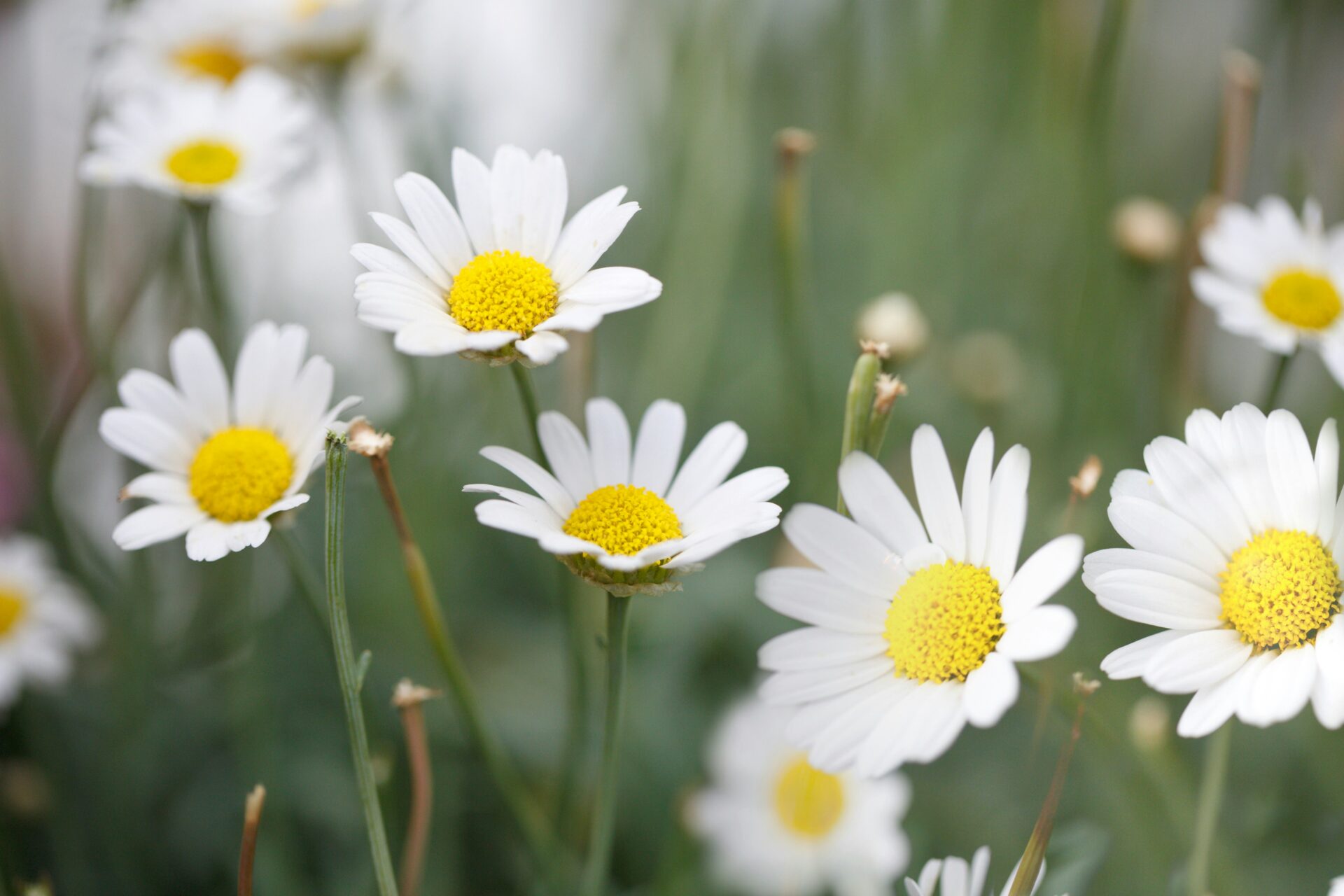
Apple Tree Varieties and Pollination
Hesse’s orchards are a patchwork of apple varieties. Local favorites like Boskoop, Jonagold, and Elstar fill the fields. These trees need cross-pollination, so orchardists plant different kinds side by side.
Pollination Table Example:
| Variety | Main Pollinators |
|---|---|
| Boskoop | Elstar, Gala, Cox |
| Jonagold | Elstar, Idared, Boskoop |
| Elstar | Boskoop, Cox, Jonagold |
Bees do the heavy lifting, moving pollen from tree to tree. Dry, calm weather helps them get the job done. Sometimes, certain varieties bloom a little earlier than others, and unpredictable weather can make pollination tricky.

Best Spots for Apple Blossom Viewing
If you’re hunting for the best apple blossom views, start along the Apfelwein (apple wine) routes near Frankfurt or wander the countryside around the Main and Lahn valleys. I love exploring Höchst and the orchards near Bad Vilbel—endless rows of blooming trees roll over gentle hills.
The Obstweg (Fruit Trail) in Wetterau is a must in April and May. Trails become a patchwork of color, and sometimes local growers lead guided walks or offer cider tastings right among the trees. Spring here feels like a celebration of nature and flavor, and I always find it hard to leave.
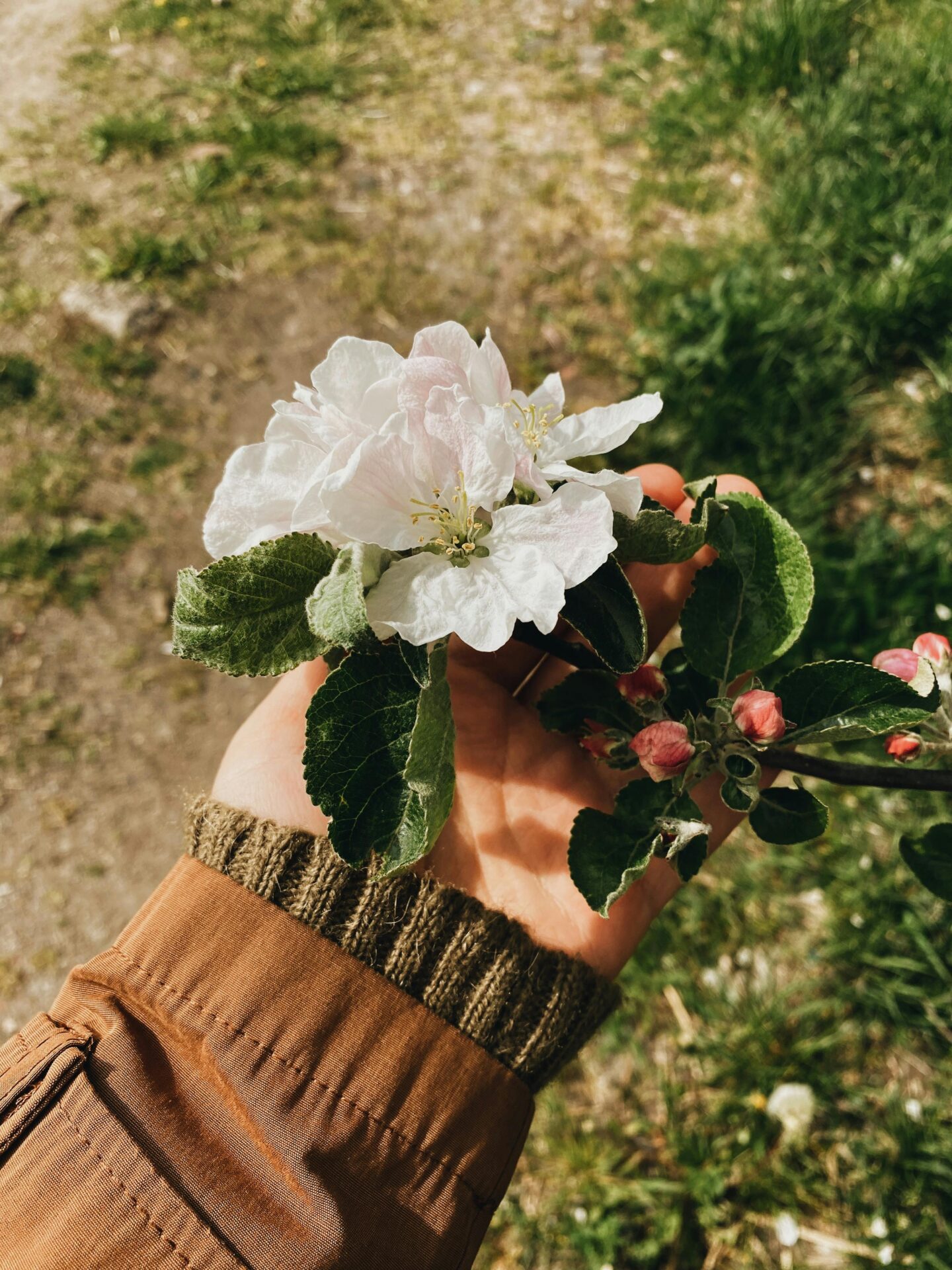
Summer Experiences: River Cruises and Apple Orchards
Summer in Hesse is a blend of lazy river days and busy orchard work. The landscape turns lush and green, and traditions come alive everywhere.
River Cruises Through Hesse’s Countryside
If you ask me, nothing beats a summer river cruise along the Main or Lahn. The scenery is unreal—terraced vineyards, cute villages, and castles peek out from the banks. There’s always enough daylight for snapping photos or hopping off to explore Wiesbaden or Rüdesheim.
Most cruises run from June to August. Sunny, warm weather makes the outdoor decks the place to be. Some boats even host wine tastings with local Riesling or Silvaner—I highly recommend it.
Want a quieter trip? I book on weekdays. Weekends get busy with families and groups, and the rivers fill up fast. Summer river levels usually stay steady, so trips run on time and without a hitch.
| Popular Stops | Highlight |
|---|---|
| Rüdesheim | Wine tastings and historic alleyways |
| Wiesbaden | Spa visits and old town walks |
| Eltville am Rhein | Rose gardens and castle ruins |
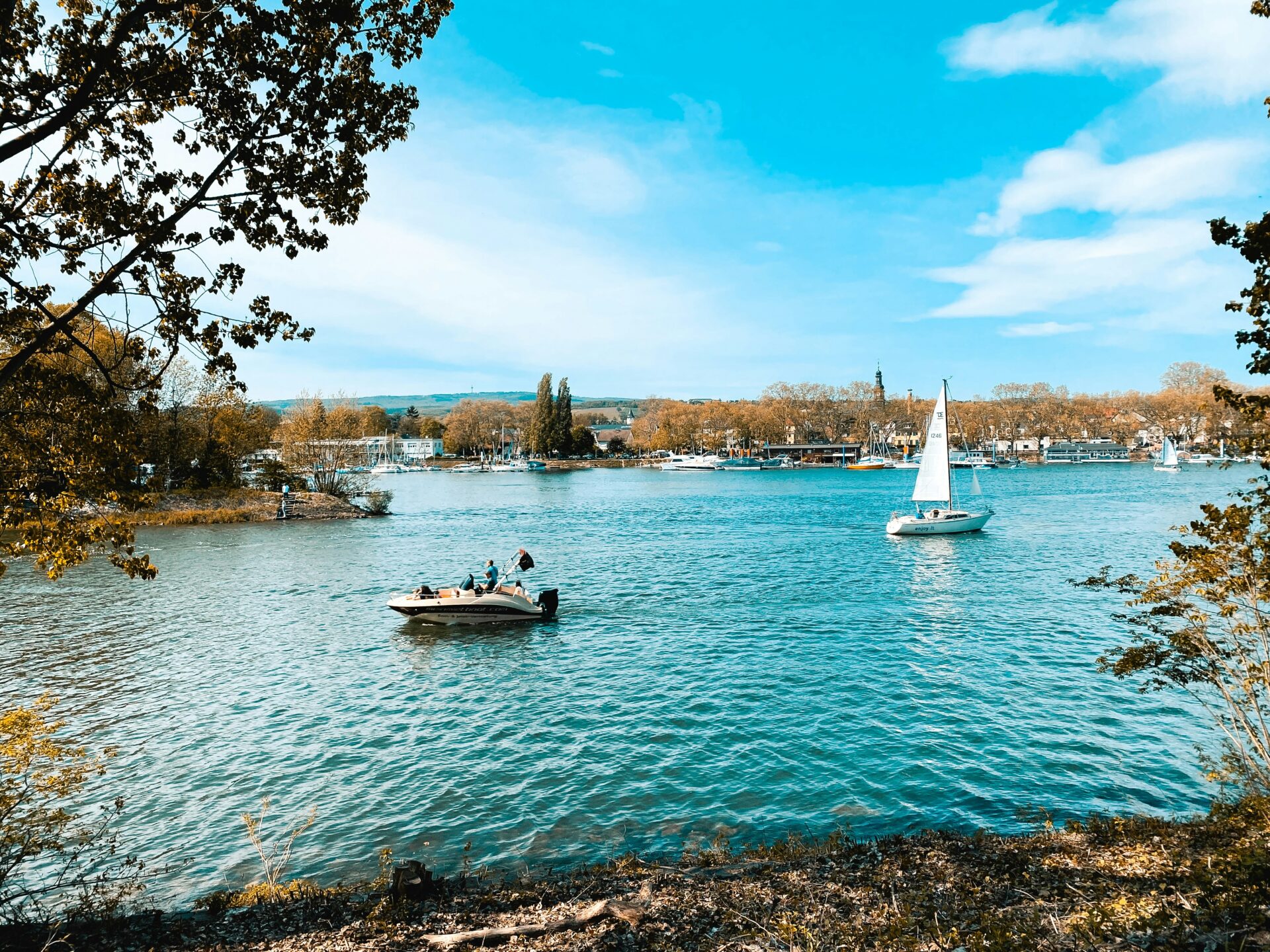
Apple Growing Season and Pruning Practices
By midsummer, apple trees are deep green and starting to show clusters of fruit. This is when orchardists really get to work. They prune trees in late winter or early spring, opening up the canopy for air and sunlight, and making sure new apples have space to grow.
Apple season in Hesse stretches from late July into autumn. Early summer is all about thinning out the fruit and checking quality. Growers remove extra apples in June so the remaining ones can grow big and healthy.
Summer isn’t harvest time just yet, but it’s critical for fruit development. Growers monitor for pests, check water levels, and keep an eye on the sun. With the right care, apples reach peak size and flavor by late July or early August. It’s clear to me that what happens in summer sets the stage for a great harvest.
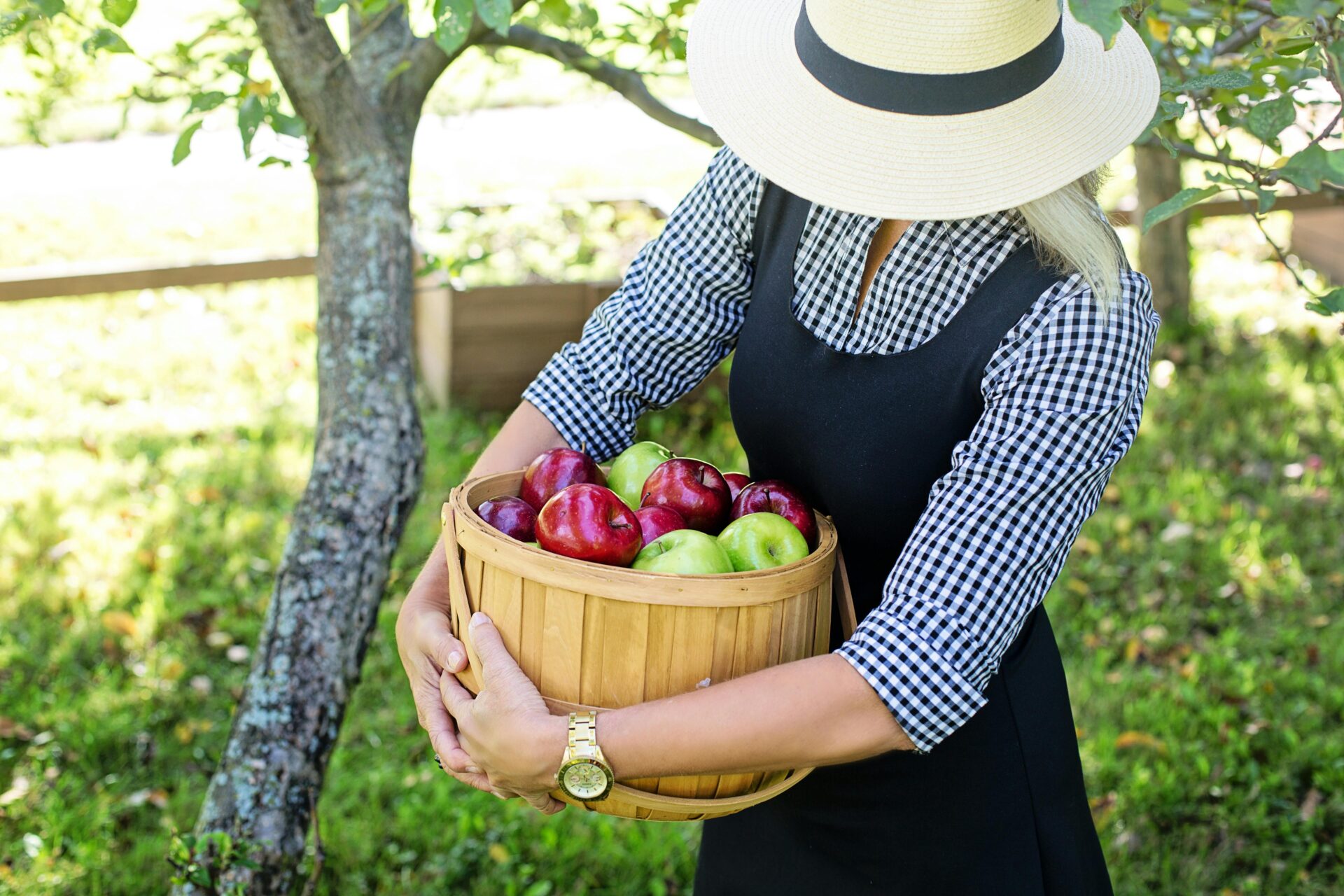
Autumn in Hesse: Wine Festivals and Apple Harvest
Autumn bursts onto the scene with color and energy. It’s harvest time for apples and the season for packed wine festivals—foodies and outdoor lovers flock here.
Harvesting Apples: When and How
Apple picking kicks off in September and can run into late October. Orchards open up to visitors, letting you pick your own fruit. I like to visit farms near Frankfurt or up in the Taunus Mountains—rows of trees hang heavy with apples just waiting to be picked.
Growers in Hesse focus on traditional varieties, some unique to the region. The harvest depends on the weather, and the process involves a mix of hand-picking and using gentle tools to avoid bruising. Farm shops and local markets overflow with apples, juice, and homemade treats.
Many orchards offer guided tours, and some host markets or tasting events. Visitors get to sample different apple types and try cider or the famous Hessian apple wine. It’s a full-on celebration of the season.

Wine Festivals and Seasonal Celebrations
Wine festivals light up Hesse in autumn, especially in Frankfurt and Wiesbaden. Apple wine (Ebbelwoi) takes center stage—it’s a centuries-old favorite here. The Frankfurt Apple Wine Festival draws crowds eager to taste traditional drinks and local eats.
Producers pour their best bottles, and food stalls serve up seasonal dishes. Tastings feature apple wine, mulled wine, and even hot apple drinks. There’s music, crafts, and plenty of local bands to keep the mood lively.
Some festivals are intimate, focused on small growers. Others fill entire town squares. Celebrations stretch over several days, so it’s easy to fit one into a weekend trip. I always look forward to meeting local producers and soaking up the festive atmosphere.
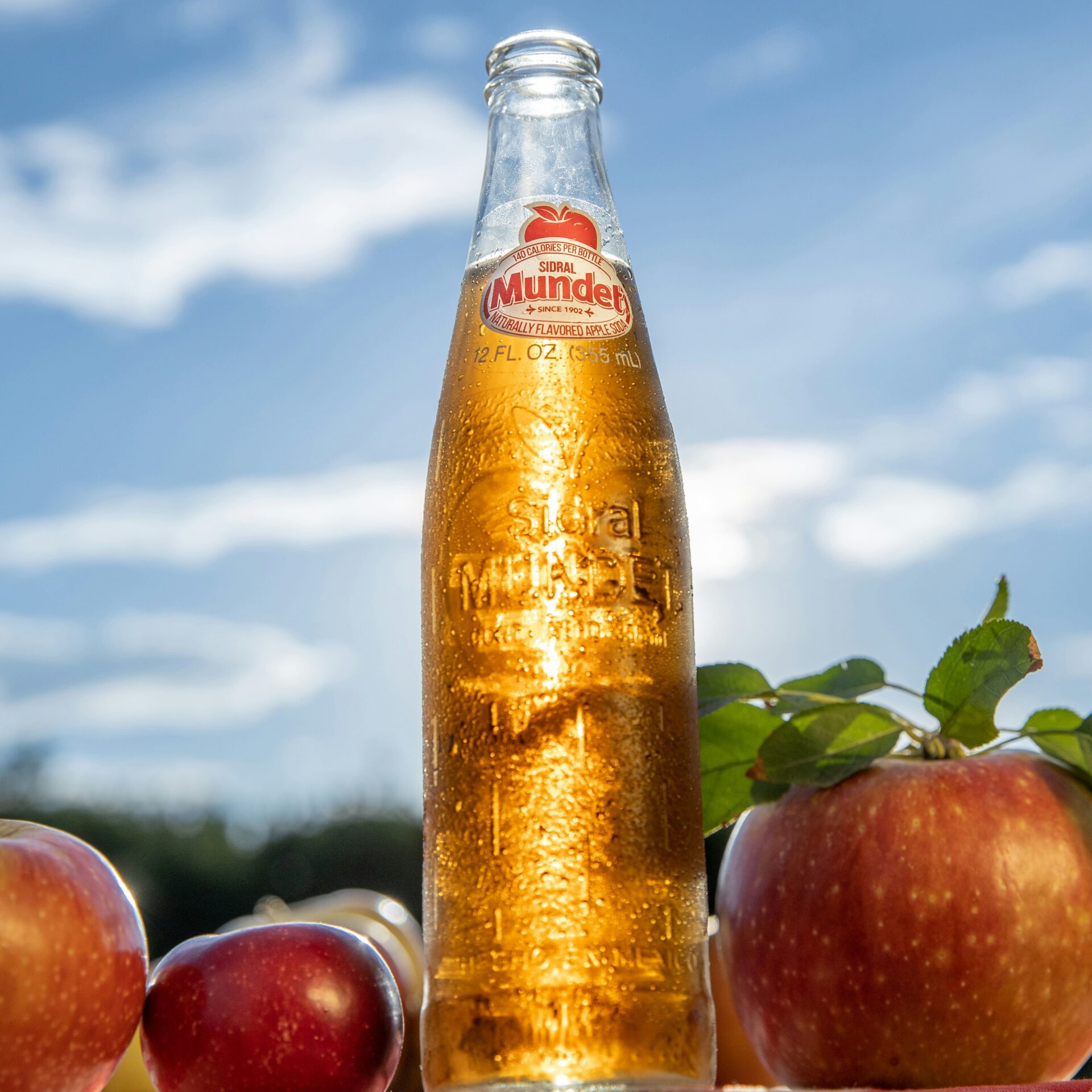
Apple Varieties in Hesse: From Classic to Modern
Hesse’s apple tradition runs deep, with both old-school and modern varieties thriving in the orchards. Local markets offer a rainbow of choices, and I love sampling what’s fresh each season.
Traditional Varieties: Gravenstein and Fuji
Gravenstein is a classic, one of the oldest apples grown in Hesse. Its crisp texture and sweet-tart flavor make it perfect for applesauce or pies. The season is short, so I keep an eye out for it in late summer and early autumn.
Fuji apples are now everywhere in Hesse. They’re firmer and sweeter than Gravenstein, and I see kids and adults alike munching on them. Fuji apples store well, so they’re still crunchy and tasty deep into winter.
Here’s a quick comparison:
| Variety | Taste | Use | Season |
|---|---|---|---|
| Gravenstein | Sweet-tart | Cooking, pies | Late summer-fall |
| Fuji | Sweet, crisp | Eating, snacks | Fall-winter |

Emerging Favorites: Honeycrisp, Pink Lady, Evercrisp, and Envy
Recently, new apple varieties have started making waves in Hesse’s orchards. Honeycrisp apples are super juicy and have a great crunch. I think their sweet, refreshing flavor is perfect for eating fresh or tossing into salads.
Pink Lady apples stand out with their firm bite and tangy-sweet taste. If I want an apple that works in baking and tastes great raw, Pink Lady is my pick. Evercrisp combines the best of Honeycrisp and Fuji, and I appreciate how it stays crunchy even after weeks in the fruit bowl.
Envy apples are becoming more popular too. Their gently sweet flavor and bright red skin are eye-catching, and I like that they don’t brown quickly after slicing. I see them showing up in more lunchboxes and fruit platters these days.
These newer varieties keep apple season interesting and give me plenty of reasons to try something different each year.

Culinary Delights: Apple-Based Treats of Hesse
Food in Hesse is rooted in centuries of apple-growing tradition. Both sweet and savory dishes celebrate the local harvest, and I never get tired of sampling what’s on offer.
Apple Pie and Applesauce Traditions
Apple pie is a staple here, usually made with tart apples like ‘Boskoop.’ I often see rustic pies with flaky crusts, thinly sliced apples, a sprinkle of cinnamon, and just enough sugar.
Applesauce is everywhere in Hessian kitchens. My family makes it by simmering peeled apples with a splash of water until soft. Sometimes we add a squeeze of lemon or a pinch of clove for extra flavor.
Popular uses for Hessian applesauce include:
- Serving alongside potato pancakes (Reibekuchen)
- Pairing with roast pork
- Spreading on bread at breakfast
Recipes for apple pie and applesauce get handed down through families, connecting us to the region’s farming roots and close-knit food culture.

Apple Cider: Production and Tasting
Apple cider—locals call it Apfelwein—really stands out as Hesse’s signature drink. I’ve wandered into plenty of cozy cider houses, or Apfelweinstuben, especially around Frankfurt.
These spots press apples from nearby orchards. They use old-school methods and ferment the juice in heavy stoneware jars called Bembel.
At most small producers, you can sample a few different ciders and compare the flavors. The cider here tastes tart and crisp, definitely more refreshing and a lot less sweet than what you’d find in England or the US.
Whenever I order Apfelwein, it usually arrives in a ribbed glass, often alongside some salty snacks. The sour, aromatic kick pairs perfectly with local dishes—it just adds something special to every Hessian meal.

